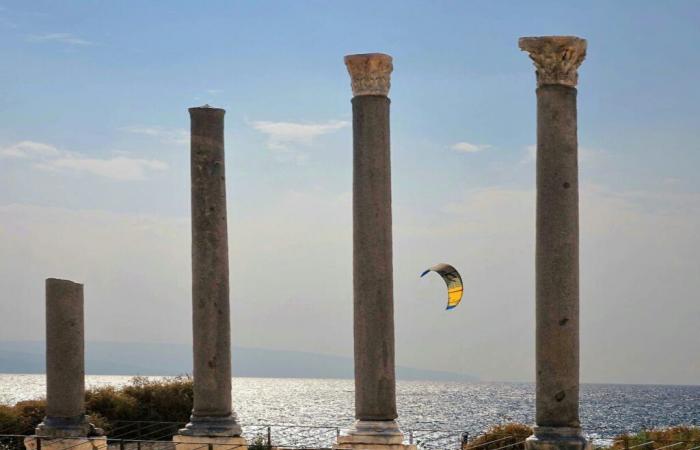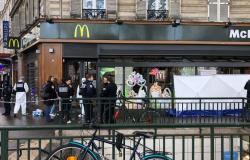– Advertisement –
On November 18, 2024, UNESCO will hold an extraordinary session of its Committee for the Protection of Cultural Property in the Event of Armed Conflict, dedicated to the situation in Lebanon. This meeting follows recent Israeli attacks which seriously damaged several Lebanese historical sites, notably in Baalbek, Tire and Saida.
Moustapha Adib, Lebanon’s ambassador to UNESCO, confirmed the holding of this session, stressing that eight of the twelve members of the committee office supported this initiative. The main objective is to discuss the measures to be taken to ensure reinforced protection of Lebanese cultural heritage in the face of current threats.
Recent Israeli strikes have caused significant damage to UNESCO World Heritage sites. In Baalbek, historic structures were affected, raising concern among local and international authorities about the preservation of this invaluable heritage.
The international community is closely following the deliberations of this session, hoping that concrete measures will be adopted to safeguard the threatened Lebanese cultural heritage. The protection of these sites is essential not only for Lebanon, but also for all humanity, as they represent an important part of world history and culture.
Destruction of Lebanese heritage: Baalbek, Tire and Nabatiyeh hard hit
Recent bombings have caused significant damage to emblematic Lebanese heritage sites:
- Baalbek : Israeli strikes targeted this ancient city, whose Roman temples, listed as UNESCO World Heritage Sites, are among the best preserved in the world. Portions of the structures were damaged, potentially weakening the columns and some vaults of the temples. The international community fears that deterioration will continue, compromising the stability and integrity of this site which attracts visitors from around the world.
- Tyr : The ancient city of Tyre, also a UNESCO World Heritage Site, suffered damage to several of its Phoenician and Roman structures, including its historic ports and its vast necropolis. D
- Nabatiyeh : In this city in southern Lebanon, although not classified as a world heritage site, historical sites and old buildings were affected, causing partial destruction such as the souks dating from the 18th and 19th centuries. Nabatiyeh, which preserves elements of Lebanese medieval history, is a symbol of local heritage and testifies to the rich cultural diversity of the region.
A call to action from the international community
Lebanon has submitted a request for intervention to UNESCO and the international community for increased protection of these sites, highlighting the urgency of action in the face of the threat to the country’s heritage. This UNESCO meeting, planned for Paris, will bring together heritage experts and international representatives who will discuss concrete measures to secure these threatened places and consider restoration solutions.
A strengthened legal framework for protection in times of war
This special UNESCO session is part of the celebrations of the 70th anniversary of the Convention for the Protection of Cultural Property in the Event of Armed Conflict, adopted in 1954. This treaty, the first legal framework for the protection of heritage in times of war, could be mobilized to strengthen the safeguarding of Lebanese sites.
The damage inflicted on Lebanese heritage has sparked international shock, highlighting the importance of protecting these invaluable witnesses of human history and world cultural heritage. Lebanon hopes to gain increased support from the international community to preserve these sites which constitute an essential part of its cultural identity.
– Advertisement –






